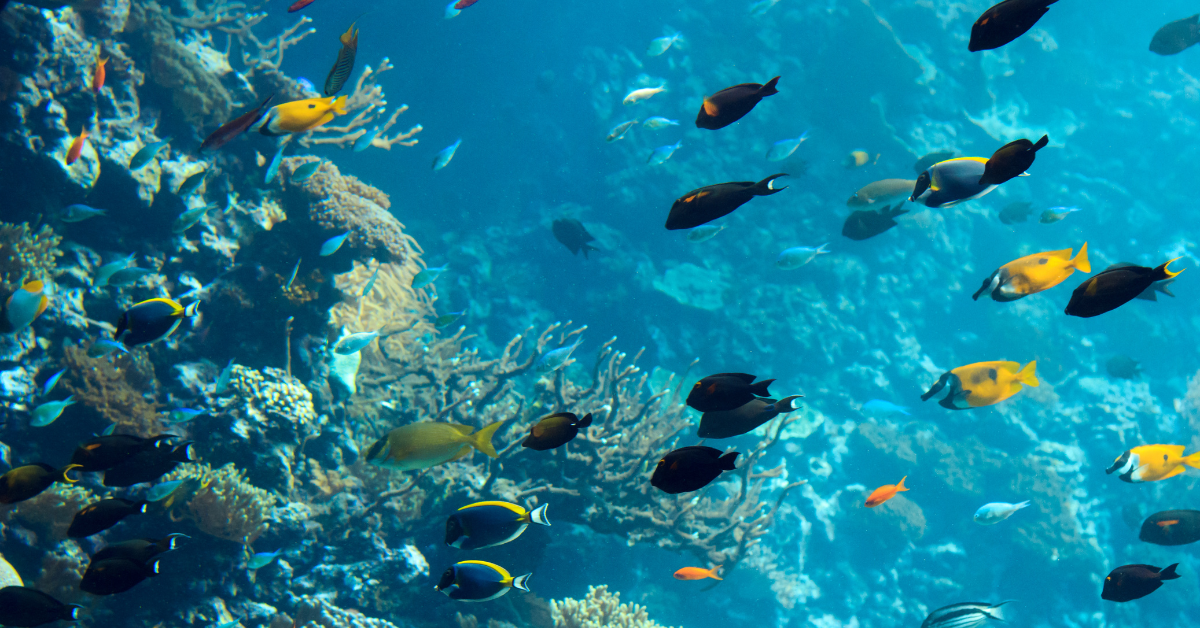Papahānaumokuākea, stretching across the northwestern Hawaiian Islands, is one of the world’s largest marine protected areas and a UNESCO World Mixed Heritage Site. Japanese travelers often describe it as a place where they feel awe at the grandeur of untouched nature and a deep sympathy with Hawaiian cultural traditions. This article presents those impressions in a way foreign readers can understand.
What is Papahānaumokuākea
Papahānaumokuākea is a vast marine protected area located in the northwestern Hawaiian Islands. It was designated as a U.S. National Monument in 2006 and registered as a UNESCO World Mixed Heritage Site in 2010. Covering about 360,000 square kilometers, it is larger than the Japanese archipelago. This immense scale makes it globally unique and a symbol of environmental conservation.
The area is not only a natural treasure but also regarded as a sacred place where ancestors’ spirits dwell by Native Hawaiians. It is rare for a site to be recognized both as a natural and cultural heritage, highlighting its exceptional combined value.
The Grandeur of Nature Felt by Japanese
The first impression Japanese visitors often mention is the untouched magnificence of nature. The deep blue ocean, vast coral reefs, and albatrosses soaring gracefully across the sky create a spectacle far beyond what is commonly experienced in Japan.
Japanese culture has long valued seasonal changes and revered nature itself. Thus, Papahānaumokuākea is seen not merely as a tourist destination, but as a place to reflect on living in harmony with nature.
Elements of Nature Admired by Japanese
| Natural Element | Japanese Impression | Meaning |
|---|---|---|
| Coral reefs | Beauty and source of life | Center of the ecosystem |
| Albatross | Awe at their majestic flight | Symbol of rare species |
| Sea turtles | Sense of longevity and mystery | Cultural symbol |
| Vast ocean | Overwhelming vastness | Awareness of Earth’s scale |
Cultural Values and Japanese Sympathy
Native Hawaiians regard nature as more than a resource, seeing it as a sacred connection with ancestors. This belief resonates strongly with Japanese cultural traditions rooted in Shinto.
In Shinto, mountains and rivers are seen as divine, and ancestral spirits are intertwined with natural features. Thus, Japanese often describe Papahānaumokuākea as “foreign yet strangely familiar,” feeling a deep sense of sympathy.
Parallels with Japanese Culture
| Native Hawaiian Belief | Japanese Cultural Background | Reason for Sympathy |
|---|---|---|
| Ocean is sacred | Fishing village traditions of sea worship | Connection between nature and daily life |
| Star-based navigation | Agricultural calendars using constellations | Shared astronomical observation |
| Ancestors united with nature | Ancestral worship in Shinto | Similar spiritual culture |
| Rituals for nature protection | Shinto ceremonies tied to nature | Religious practice parallels |
Papahānaumokuākea as a Place of Learning
Beyond tourism, Papahānaumokuākea is valued as a site for education and research. Japanese scholars and students see it as a rare example where cultural preservation and environmental protection coexist.
In marine science, studies are conducted on coral reefs and endangered species. In anthropology, navigation techniques and mythology are researched. In classrooms, it is often used as an educational case study, teaching students the importance of protecting both environment and culture simultaneously.
Academic and Educational Value
| Field of Study | Research/Education Focus | Learning for Japanese |
|---|---|---|
| Marine science | Coral and marine species | Practical knowledge of ecosystem protection |
| Anthropology | Navigation and mythology | Deeper intercultural understanding |
| Education | Environmental teaching material | Building sustainable awareness |
| History | Heritage preservation practices | Learning link between history and nature |
Summary of Japanese Impressions
| Japanese Perspective | Concrete Impressions | Key Point for Foreign Readers |
|---|---|---|
| Natural grandeur | Moved by biodiversity and vast oceans | Emphasize the world’s largest protected area |
| Cultural value | Sympathetic to ancestral connection | Explain its sacred status for Native Hawaiians |
| Place of learning | Awareness of conservation heightened | Stress importance for research and education |
Key Points for Foreign Readers
Foreign readers should understand that Papahānaumokuākea is not just a tourist site, but a shared heritage of humanity. Few sites are recognized for both cultural and natural values, which makes it truly unique.
Access is strictly limited. Entry is generally restricted to researchers or those conducting cultural rituals. This is not merely regulation but a method of responsible preservation for future generations.
Essential Perspectives for Foreign Readers
| Perspective | Content | Key Understanding |
|---|---|---|
| World Mixed Heritage | Recognized for both culture and nature | Appreciate its rarity |
| Entry restrictions | Allowed mainly for research and rituals | Recognize preservation intent |
| View of nature | Nature linked to ancestors | Compare with Japanese traditions |
| Global importance | Model of environmental protection | Treat as a planetary concern |
Conclusion
Papahānaumokuākea is a unique fusion of nature and culture. Japanese impressions often emphasize awe at its grandeur, sympathy with cultural beliefs, and recognition of its value as a place of learning. These impressions hold universal meaning and can help foreign readers better understand why the site is so special.
The area is more than a landmark—it is a symbol of global conservation and cultural continuity. By seeing Papahānaumokuākea through Japanese perspectives, foreign readers can grasp its deeper significance and appreciate its universal value.






